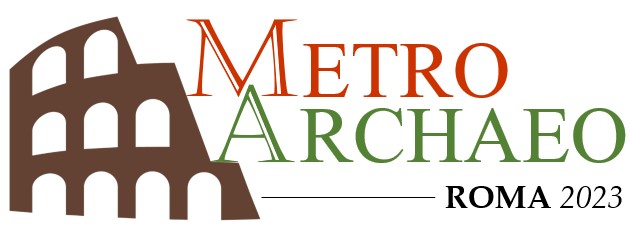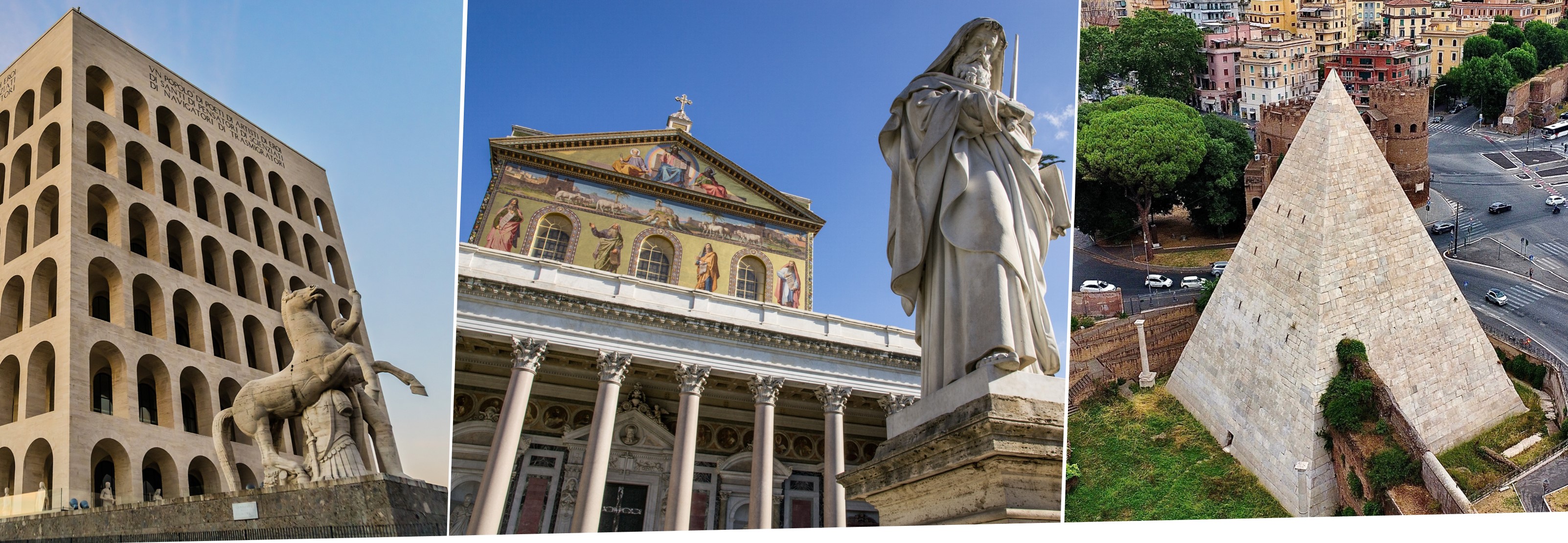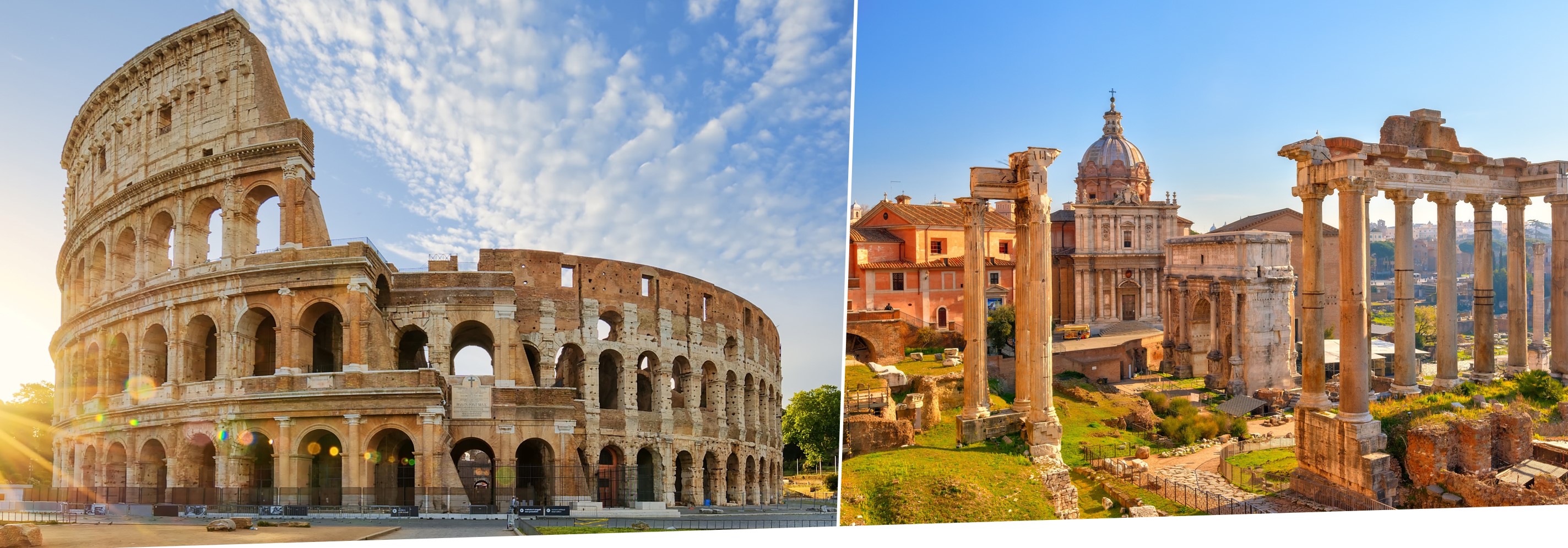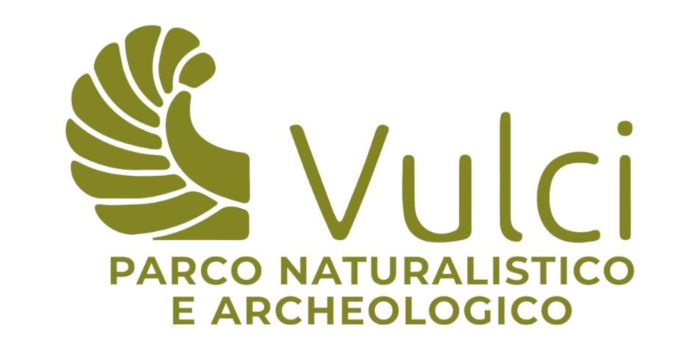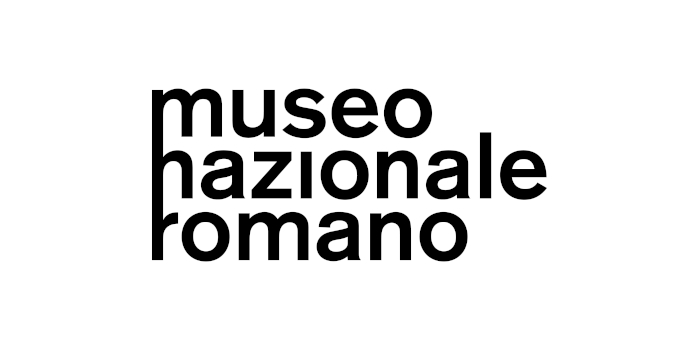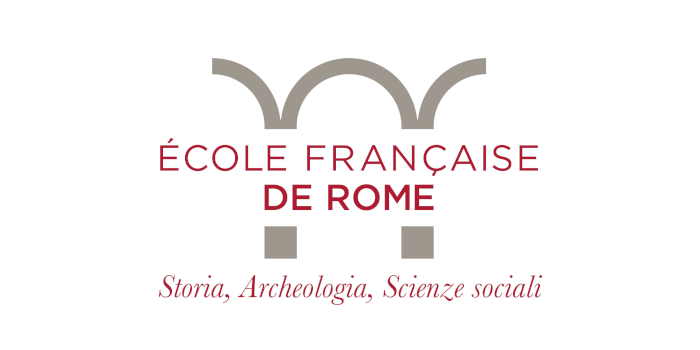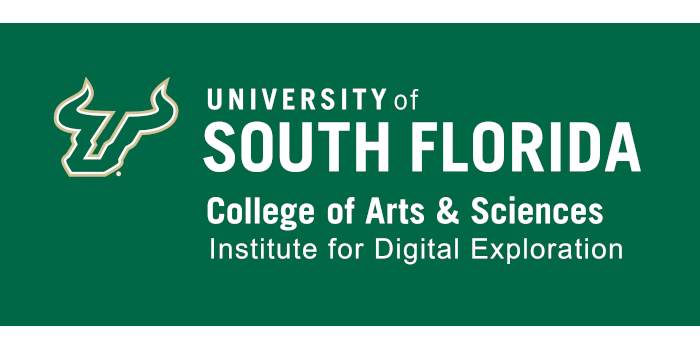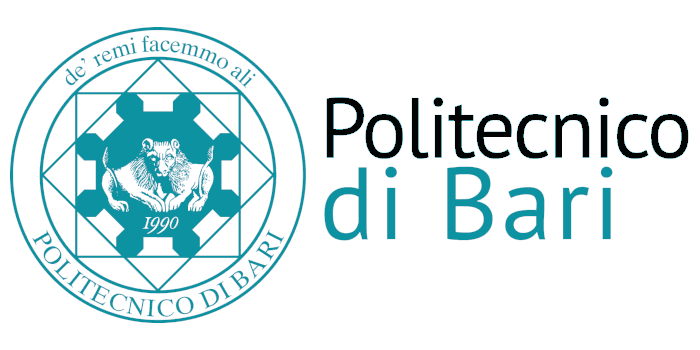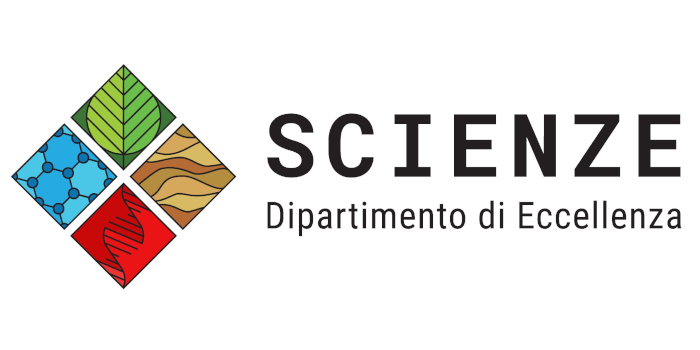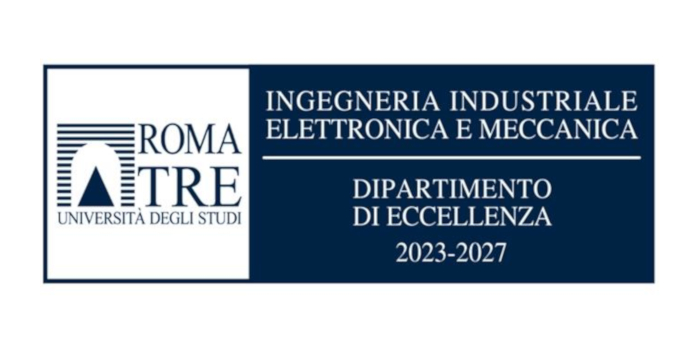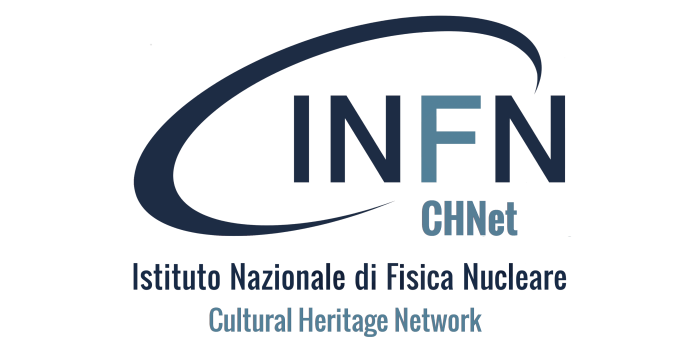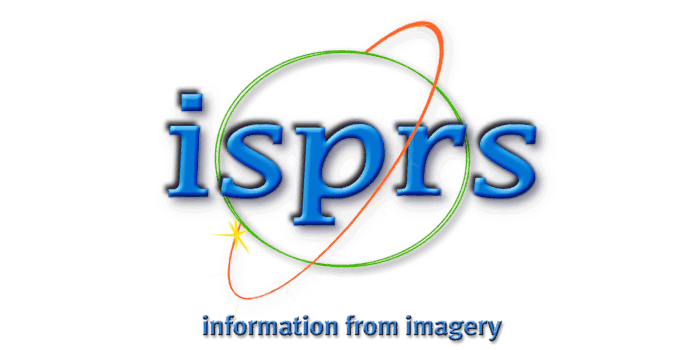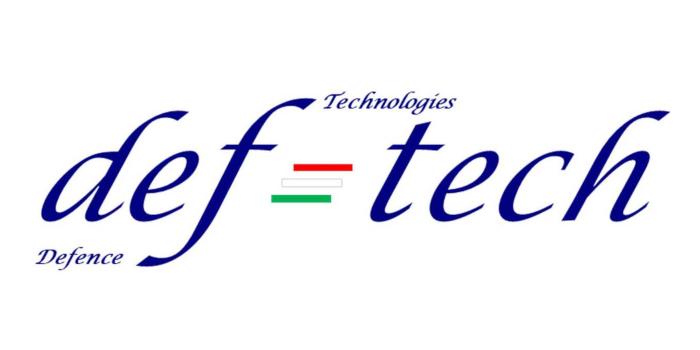SPECIAL SESSION #12
Colours and coloured materials: non-invasive and micro-invasive approaches for Cultural Heritage studies
ORGANIZED BY
Rita Deiana
Department of Cultural Heritage (DBC) - Interdepartmental Center for Cultural Heritage CIBA - University of Padova
Alfonso Zoleo
Department of Chemical Sciences (DISC) - Interdepartmental Center for Cultural Heritage CIBA - University of Padova
Patrizia Tomasin
CNR-ICMATE Padova (Istituto di Chimica della Materia Condensata e di Tecnologie per l'Energia- Consiglio Nazionale delle Ricerche)
Luca Nodari
CNR-ICMATE Padova (Istituto di Chimica della Materia Condensata e di Tecnologie per l'Energia- Consiglio Nazionale delle Ricerche)
ABSTRACT
Pigments and dyes were used across time to produce the most significant number of artworks of archaeological and art-historical interest. These materials, in the form of inks, paints, enamels etc., were employed to make writing, decorations and other objects that are part of today’s Cultural Heritage. Non-invasive in situ measurements with portable instruments, often coupled with lab analyses of micro samples, represent an essential resource for the research to improve the knowledge about the use of pigments, binders, and more, in general, the used techniques or to recover lost polychromies or ancient writing, supporting scientific studies and strategies for restoration and conservation.
SCOPE
The special session aims to present cutting-edge research on painted surfaces through non-invasive or micro-invasive spectroscopic techniques. The session is devoted to understanding the used materials and their alterations, particularly to the investigations performed by multispectral, hyperspectral imaging and spectroscopic mapping. At the same time, the session will focus on non-invasive spectroscopic techniques such as FTIR, XRF, FORS and Raman.
MAIN TOPICS
Main topics include, but are not limited to:
- Multispectral and hyperspectral methods for in-situ measurements
- Application of non-invasive spectroscopy (e.g. ER-FTIR, Raman, FORS, XRF)
- Micro-invasive spot analysis and mapping (e.g. FTIR, Raman, SEM-EDS)
- New approaches and image processing for multispectral and hyperspectral data interpretation
ABOUT THE ORGANIZERS
Rita Deiana is an Associate Professor of Applied Geophysics at the Department of Cultural Heritage of the University of Padova and Director (since 2017) of the Interdepartmental Centre for Research, Study and Conservation of Archaeological, Architectural and Historical-Artistic Heritage (CIBA) at the same University. Since 2012, her research has focused on issues mainly concerning the study of complex systems at field scale for archaeological prospecting and building analysis, using ERT, FDEM, magnetic, GPR, HSR measurements, and IR thermography, up to the in situ non-invasive measurements using Multispectral Imagi ng for different Cultural Heritage applications. She is the author of more than 100 scientific contributions, of which more than 70 are in international peer-reviewed journals. She teaches the bachelor's and master's degrees for Archaeologists at the Department of Cultural Heritage, the master's degree in Geophysics for Natural Risks and Resources at the Department of Geosciences and is currently a member of the Doctorate Course in History, Criticism and Conservation of Cultural Heritage at the University of Padova.
Further information:
- https://www.researchgate.net/profile/Rita-Deiana
- https://orcid.org/0000-0002-3736-9181
- https://scholar.google.com/citations?user=OQzNRuAAAAAJ&hl=i
Alfonso Zoleo is an Associate Professor at the Department of Chemical Sciences, University of Padova, SSD CHIM/02. He got his PhD in Chemical Sciences (2000) at the same University, with work on the application of Electron Paramagnetic Resonance (EPR) and EPR-related techniques to the study of radical species. Since 2008, his main research activity concerns the application of spectroscopic techniques (EPR, Raman, IR, FORS) to the characterization of historically and artistically relevant archive materials, and the development and implementation of advanced EPR methods for the characterization of radical species and relevant paramagnetic centres (copper, iron) in Cultural Heritage items. Currently, he is also active in projects involving the protection of paper documents with new nanostructured materials. He is a member of AIAr, and collaborates with the Centro Interdipartimentale per i Beni Culturali (CIBA), University of Padova, and is teaching in several university courses related to the application of chemical physics in the analysis and protection of Cultural Heritage.
Patrizia Tomasin is M.Sc. in Pharmaceutical Chemistry and Technology (University of Padua, 1995), she is currently Senior researcher at CNR-ICMATE.
In the first 10 years she worked mainly on organic, inorganic, and organometallic synthesis and characterization with different analytical techniques (NMR, FT-IR, SEM-EDX, mass spectrometry), taking part to different national and international projects.
This knowledge was then transferred to the field of cultural heritage conservation. Current research interests are the characterization of materials for the conservation treatment of historical artefacts and the development of new inorganic products for consolidation of stone and mural paintings. On this subject, she was deeply involved in different international projects, mainly EU funded.
Other research interests include the characterization of materials and techniques used in modern and contemporary art works by non-invasive and microinvasive techniques.
She is also the Editor in chief of Journal of Cultural Heritage (published by Elsevier), a multidisciplinary journal of science and technology aimed at knowledge and conservation of Cultural Heritage, and member of the Editorial Board of Materials, published by MDPI.
Further information: https://orcid.org/my-orcid?orcid=0000-0001-8660-0696
Luca Nodari is a PhD graduated in Chemical Science (2004), full time research scientist at CNR-ICMATE from 2012. His scientific activity is focused on the characterization of inorganic materials by means of non-invasive and/or micro-invasive infrared spectroscopy (i.e. External Reflection Infrared spectroscopy, micro-FTIR, micro-ATR), electron microscopy (SEM-EDS) and 57Fe Mössbauer spectroscopy. Nowadays his research is focused on the characterization of modern and contemporary painting materials with particular interest to the alteration processes leading the formation of metal carboxylate. The aim of the research is the comprehension of the pigment-binder interactions, of the effect of VOCs (volatile organic compounds) on the painting surfaces, the role of environmental parameters, such as relative humidity, light, etc., in the alteration phenomena. During his permanence at the University of Padova (2004-2012), he focused his research activity to the study of pigments, pottery and vitreous sherds by using 57Fe Mössbauer spectroscopy. The aim of these investigations was the understanding of the production technology (e.g., redox conditions, firing temperature) and, eventually, the alteration processes involving the Mössbauer active nucleus.
